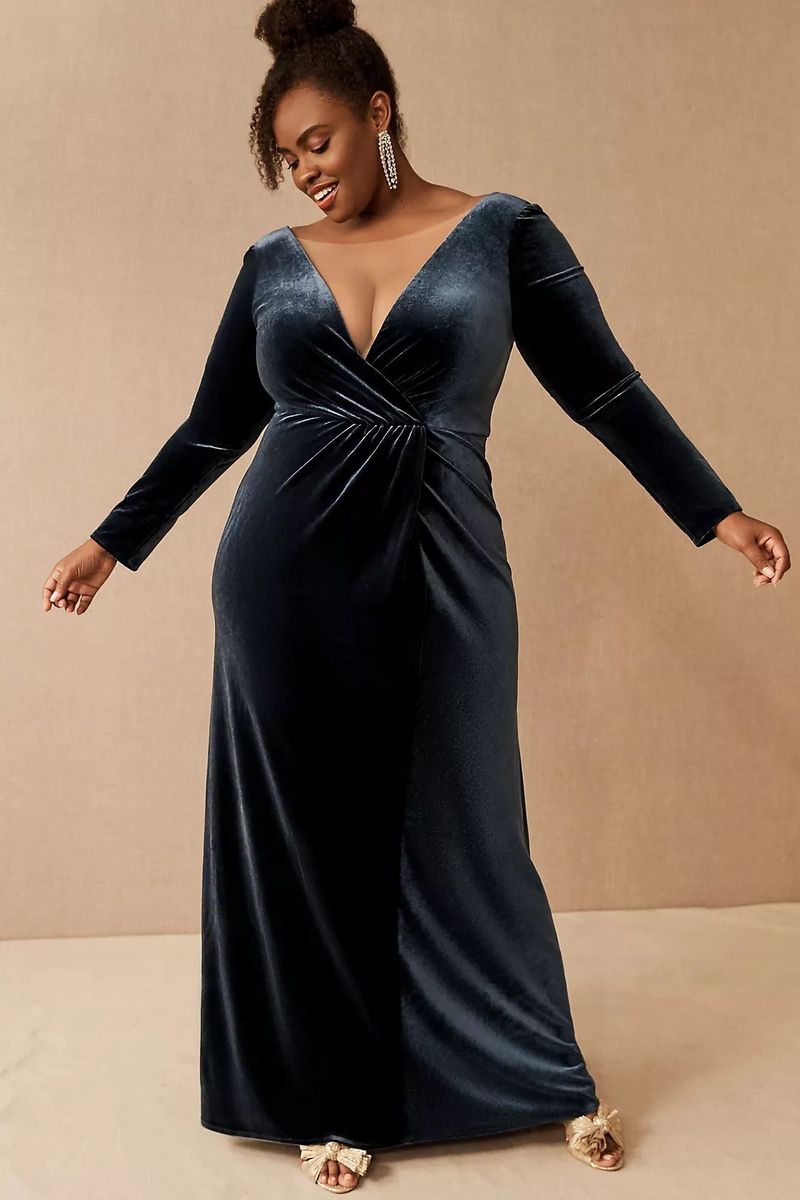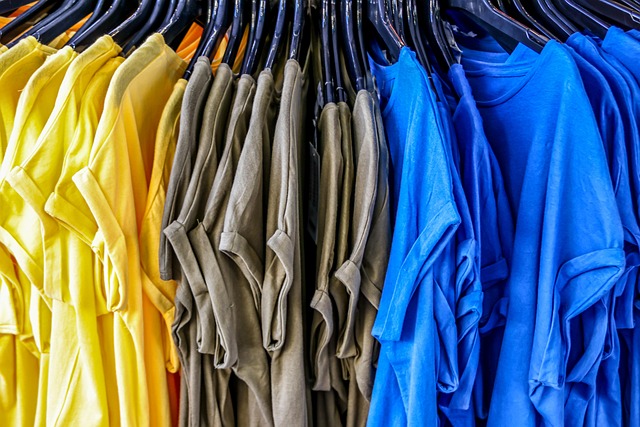
Coloro is a color-based software that allows you to unlock your creativity by decoding colours as they appear in the human vision. It uses logical codes and intuitive design to ensure that fashion and textile professionals get the precise colors they planned for - first time around.
Colour-trends
A color theme is an emerging concept that impacts the use of colours across a broad range of products. This includes everything from apparel and furniture to packaging and technology. Everything from art, popular culture and movies to industry experts such as Pantone influences the color palette.
It is a highly technical practice that combines research, science and testing to forecast future trends. The process of trend-forecasting is a collaborative effort between designers and color experts to shape the future generation of colors.
They start by analyzing field reports, consumer surveys and product split tests to form a quantitative basis for their predictions. This data is then used to build up a color palette for future trends.

Color trend forecasting provides the companies with all of the information needed to design products and services that are complementary to their customers' expectations and preferences. This can be a game changer for their bottom lines.
WGSN & Coloro announce Apricot Crush. A restorative and refreshing hue, it will help consumers cope with a range emotions and uncertainty about the near future. It connects with many sensorial practices, including self-care and healing rituals.
This soft and sun-bleached color is reminiscent of the color of fresh oranges and apricots, which are packed with vitamin and antioxidant content. This is a soothing shade, which can be used for interior products ranging from textiles and glass to bedroom and bath furnishings.
Apricot Crush is a vibrant, warm shade that will add warmth and radiance to your home's products indoors or out. It's a versatile shade that will pair easily with neutrals.
By 2023, it will be a color for both men and women. It is already a popular choice in the youth market. The color will also play a major role in fragrances, hair and skincare.

Colors can be used to communicate the personality of a business or product. It is a powerful tool to differentiate a product from its competitors and influence the consumer's decision to buy it.
They can also be used for creating mood boards and harmonies to match a brand's aesthetic. These colors can be used for mood boards or harmonies to reflect a company's aesthetic.
Digital Lavender's color is well established among the youth and is expected to become important in lighting, consumer electronics and digitized wellness by 2023. Its sensory qualities make it perfect for healing and self-care, as well as for cosmetics, hair care, and skin care.
Coloro and WGSN collaborated on the Color of the Year of the Year, 2024. This collaboration combines the trends forecasting expertise of WGSN's with Coloro’s innovations regarding the future of color. Intense Ruby, Midnight Plum Sustained Grey Cool Matcha and Intense Purple will be joining the group.
FAQ
What role does Instagram play for the fashion industry
Instagram has been a popular platform for brands to network with influencers. This is not surprising, since it gives them access a huge audience.
But reaching an audience is only part of the equation. Engagement is the key to influencer marketing. It's about building relationships with your followers. It takes time.
It's all about consistency and reliability. It's about posting high quality content on a regular basis. It is also about answering questions and comment.
Insta is great for engaging fans. But it doesn't work well for selling products. These are the other social media channels that can be used.
What impact does social media have on the fashion industry
The rise of social media has been one of the biggest stories of recent years. Facebook has more than 2Billion users around the globe, making it a key platform for businesses.
It is easy for brands to envision how this could help them reach millions of customers. It isn't always that simple. Brands need to decide whether they want social media advertising or building relationships with their followers.
But if you decide to advertise on social media, remember that it's all about finding the right balance between engagement and brand awareness.
What trends do forecast for the fashion sector in 2023
The future is unpredictable. Fashion is unpredictable. But there are two trends that we can expect to see continue. One is the rise of athleisure. Already, we've seen athleisure grow from yoga pants to shorts, tanks and sweatshirts.
It's not only clothing brands who are adopting casual styles. Athletes are also starting to wear them. Athleisure clothes are becoming more fashionable among tennis stars, like Serena Williams who wore them while playing against Naomi Osaka.
A trend that is sure to continue is personalized products. Nike is one of the first companies to create shoes that fit every person's feet.
As technology develops, wearable tech will be more common. The way we shop could change. Mobile apps that allow you to personalize your outfits could be a reality as self-service kiosks are more common.
What are teenagers most likely to buy?
Although there is a lot data available on consumer trends, none of it is useful for us. We took a look at all the data. We wanted information on the products and services that teens purchased. Next, we examined how these purchases have changed over time.
We were surprised by the results. Turns out, when it comes to shopping habits, teens are pretty frugal. They spend far more on clothes than any other type of person, aside from books. However, when it comes technology, they spend far more than any other age.
Teens are big consumers of mobile phones, tablets, and computers. These devices were purchased by almost 2 billion dollars last year by 13-17-year-olds.
But what stands out is that while they might be spending a lot on electronics, they aren't spending much on apps. Apps make up less than 1% of teen smartphone usage.
It means that the majority of them use smartphones to browse the internet. They're using Facebook and Snapchat. They play on Xbox, PlayStation, Nintendo and other gaming platforms.
They use their phones for communication, video and music.
This is an interesting trend. Teens are increasingly dependent on their mobile phones. This makes sense considering how much time they spend online.
They are also spending more time on TV. Teens are now spending more time on TV per week than any other age group, except for children between the ages of 5 and 9.
There are many reasons they turn to TV. One reason is that TV is easier to control. They tend to stick with traditional media, despite having access to many digital options.
Another reason is that it offers them more variety. Switching channels is a great way for kids to have fun. They'll switch channels often and will choose whatever's on, rather than sticking with one channel.
Finally, it's fun. Teenagers love being allowed to interact with characters in the screen, whether it be talking to their favorite celebrities, or exploring new worlds that allow them to become heroes.
They're unhappy with the content they're watching, despite all this. Common Sense Media found that 90% of parents would prefer their children to watch less TV if they could see better programs. Two-thirds would prefer their kids to play videogames than watch TV, according to Common Sense Media.
This shouldn't surprise anyone. This is not surprising considering that we know that obese kids are more likely those who watch TV more. That's according to new research from Harvard University.
It found that for children aged 6 to 11, each hour more TV was associated with 2.5 points higher BMI.
Perhaps it is time to think about ways we can help our children get off the screens. Perhaps we should make sure that they have healthy snacks and beverages available.
Or maybe we should encourage them into sports. The latest figures show that physical activity levels are declining across all age groups. Therefore, we must take action.
Good news! There are many ways we can improve young people’s health. All you need to do is look at the evidence.
What will consumers buy post-pandemic 2022?
Consumers will continue to purchase products that make them healthier and help protect against illness. This includes food items such as snacks, drinks, pet foods, and supplements.
They also tend to spend more money on health insurance, which is expected to increase by 10% per year for the next decade.
The biggest change we expect is an increased focus on wellness and prevention. Consumers will look to purchase products that promote healthy lifestyles and prevent disease.
This means you should look for products that can help you sleep better, reduce stress levels, or keep your hair and skin looking younger.
Shopping will spend more on preventative care because healthy living will be even more important in the face of the pandemic.
Will virtual experiences continue to grow post-pandemic?
The world we live in today is already more connected than at any other time in history. We communicate faster and share information more effectively, as well as collaborate across national borders.
Technology is constantly evolving, and so will the way we interact with one another and our environment.
Virtual reality (VR), is the next frontier of this evolution. Virtual worlds are changing the way that we do business, learn from, play and explore.
But while VR may seem like an exciting prospect for consumers, there are concerns about whether it could be used to exploit vulnerable users.
Experts warn VR headsets are a potential tool for cybercriminals in order to seduce unsuspecting victims into phishing schemes and scams.
This means that when you buy a headset, check out the manufacturer's privacy policy and terms of service.
It is also important to make sure you choose a reliable company.
Make sure you read reviews online and ask friends and family members what they think. People will often tell you that the product is great if they are trying to sell it. Look for independent websites that provide detailed reviews.
Many companies now include terms of service and privacy policies inside their packaging. It makes it easy to find them and allow for review.
If you aren't satisfied with your purchase, contact the retailer right away.
Statistics
- 70% of parents surveyed agree that in 2022 they are planning to take their first international trip with their children since before the pandemic. (americanexpress.com)
- OTC Medicine 57% Beauty & Personal Care 52% Vitamins & Dietary Supplements 51% Home & Kitchen 47% Top retailers where consumers are shopping in 1. (junglescout.com)
- 55% of respondents agree they want to book a once-in-a-lifetime vacation in 2022. (americanexpress.com)
- While 19% of respondents state they didn't travel in the past two years, other families' favorite experiences included: domestic travel (19%), beach resorts (12%), road trips (11%), international travel (10%), staycations (7%), camping (6%), and more.1 (americanexpress.com)
- 56% of respondents stated they held off on traveling for major entertainment events last year, but have plans to return to these events this year.1 (americanexpress.com)
External Links
How To
Where Are Most Travelers Heading in Summer 2023 (and Why)?
Most travelers will travel to more affordable destinations in summer 2023 than they did last year. There are some surprises.
Egypt is the top tourist destination in the summer 2023. It is experiencing a boom in tourism. This is likely because of its rich cultural heritage and stunning scenery.
Another surprising trend is that visitors are moving away from Europe. While Europeans head to Asia, North America, Australia and other parts of the world, Americans opt for Canada and Mexico. These two countries are great for their natural beauty and value.
But it's not all bad news. Few surprises are found in regard to the most expensive locations on the planet. They are expected to stay the same.
These areas attract fewer tourists than they do tourists, even though they have a higher average daily tourist spend.
We expect that Switzerland will have fewer than 50 million international tourists by the summer 2023. The decline can partly be attributed to the recent terrorist attacks which made the country feel unsafe.
This is a huge change in comparison to the past ten. According to estimates, Switzerland received 150 million international tourists in 2003.
The Swiss government has worked hard to reverse the trend but the country could struggle to recover unless it makes changes.
They could, for example, encourage foreign workers to migrate instead of taking jobs from residents.
Or, they could increase taxes for luxury goods like private jets or yachts.
They might lower the price so people can travel to Switzerland.
There are many options available to improve the situation.
Book Now to Take Advantage of the 2020 Coronavirus Crisis and Go Abroad!